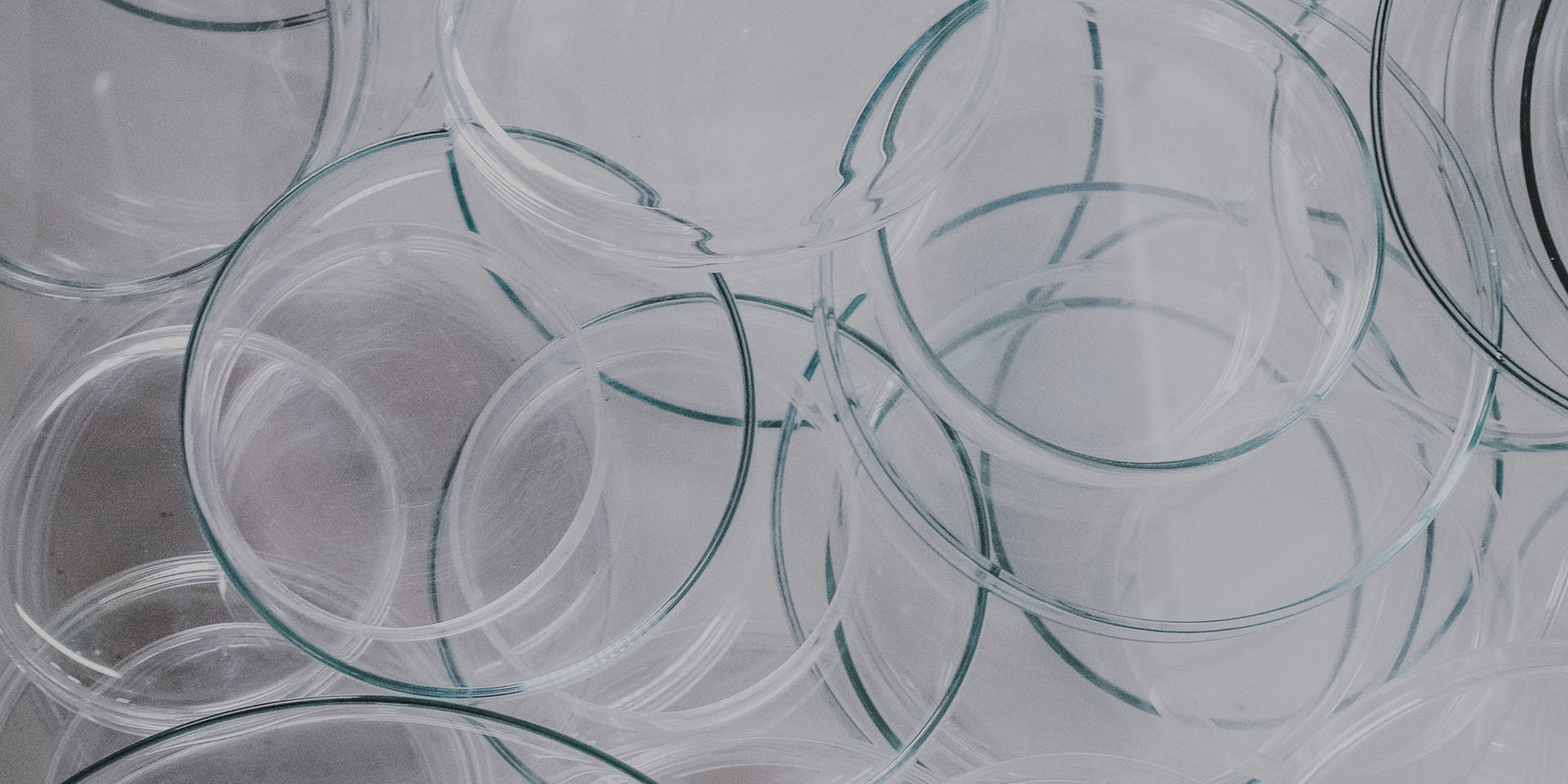PR Newswire – 02/07/2018
The Brazilian Center for Research in Energy and Materials (CNPEM) is the first center in Latin America to install a Thermo Scientific Krios G3i Cryo Transmission Electron Microscope (Cryo-TEM), bringing the power of this instrument to Latin American structural biology researchers. Thermo Fisher expects to begin installing the new Krios G3i Cryo-TEM in Q3 2018 at the Brazilian Nanotechnology National Laboratory (LNNano), one of four National Laboratories managed by CNPEM.
“Cryo-EM research is helping transform the medical and pharmaceutical industries. Ultimately, we want to foster the development of a cryo-EM infrastructure across Latin America,” said Adalberto Fazzio, director at LNNano/CNPEM.
Supporting this initiative is one of the pioneers of the technique, Marin van Heel. van Heel, a visiting professor since 2013, recently joined the LNNano/CNPEM team on a full-time basis. He shared the 2017 Wiley Prize in Biomedical Sciences with two of the 2017 Nobel Prize laureates for their work in cryo-EM “for pioneering developments in electron microscopy that are transforming structural studies of biological molecules and their complexes.”
“Cryo-EM is changing the structural biology landscape by providing scientists with amazing 3D visualization that helps them better understand the structure of proteins and viruses, which could speed the path to better prevention and treatment,” said Mike Shafer, president, materials and structural analysis, Thermo Fisher. “LNNano’s investment is critical for the entire Latin American scientific community because it gives researchers access to one of the most powerful, cryo-electron microscopes in the world.”
LNNano plans to use the Thermo Scientific Krios G3i Cryo-TEM and the Thermo Scientific Talos Arctica, a 200kV FEG transmission and scanning electron microscope (S/TEM), for numerous research projects ranging from soft matter to life sciences.
“Having this cutting-edge infrastructure will strongly boost our internal research as well as our support for the Latin American community”, said Rodrigo Portugal, researcher at the National Center for Materials and Energy Research (CNPEM) and the person leading this initiative. “As an open facility we have dozens of projects which will benefit from this cryo-EM instrumentation, from the structure determination of viruses and membrane proteins to investigating new materials.”
The Thermo Scientific Krios G3i Cryo-TEM is an industry leading cryo-EM designed specifically to provide the stability and automated operation needed to achieve near-atomic resolution in three dimensional (3D) models of delicate biological specimens using single particle analysis (SPA) techniques. The Thermo Scientific Talos Arctica G2 will be used on its own for a complete analysis, or as a prescreening tool to select optimal samples for final analysis in a Thermo Scientific Krios Cryo-TEM for achieving the highest possible resolution.
LNNano/CNPEM also has a Thermo Scientific Titan Themis scanning/transmission electron microscope (S/TEM) for materials science applications. Their research involves the development of new nanomaterials for nanomedicine, electronic devices (including sensors), composite materials and materials for energy conversion and storage. The 300kV Thermo Scientific Titan Themis electron microscope is optimized for atomic-scale (<0.1nm) characterization and is designed to provide the best imaging and analytical performance, over the widest range of materials available in any commercial instrument.
“LNNano has invested in expertise and in some of the most powerful TEMs available in the market today for both materials and life science research,” said Edson Leite, scientific director at LNNano/CNPEM. “We are confident we will create a leading synergetic research environment for the entire Latin American scientific community in these important fields.”
Repercussion: Markets Insider
O post Latin American Structural Biologists Gain Access to Cryo-EM Capabilities apareceu primeiro em CNPEM.


